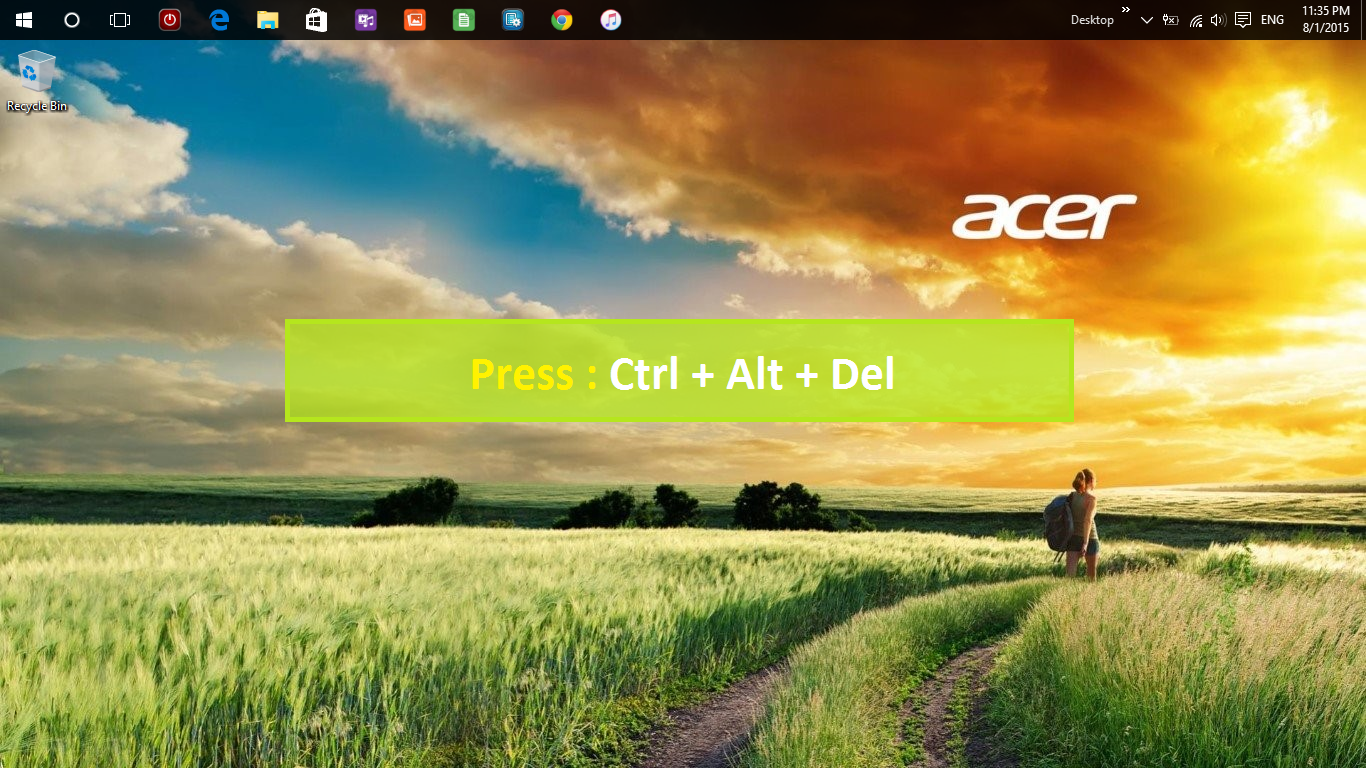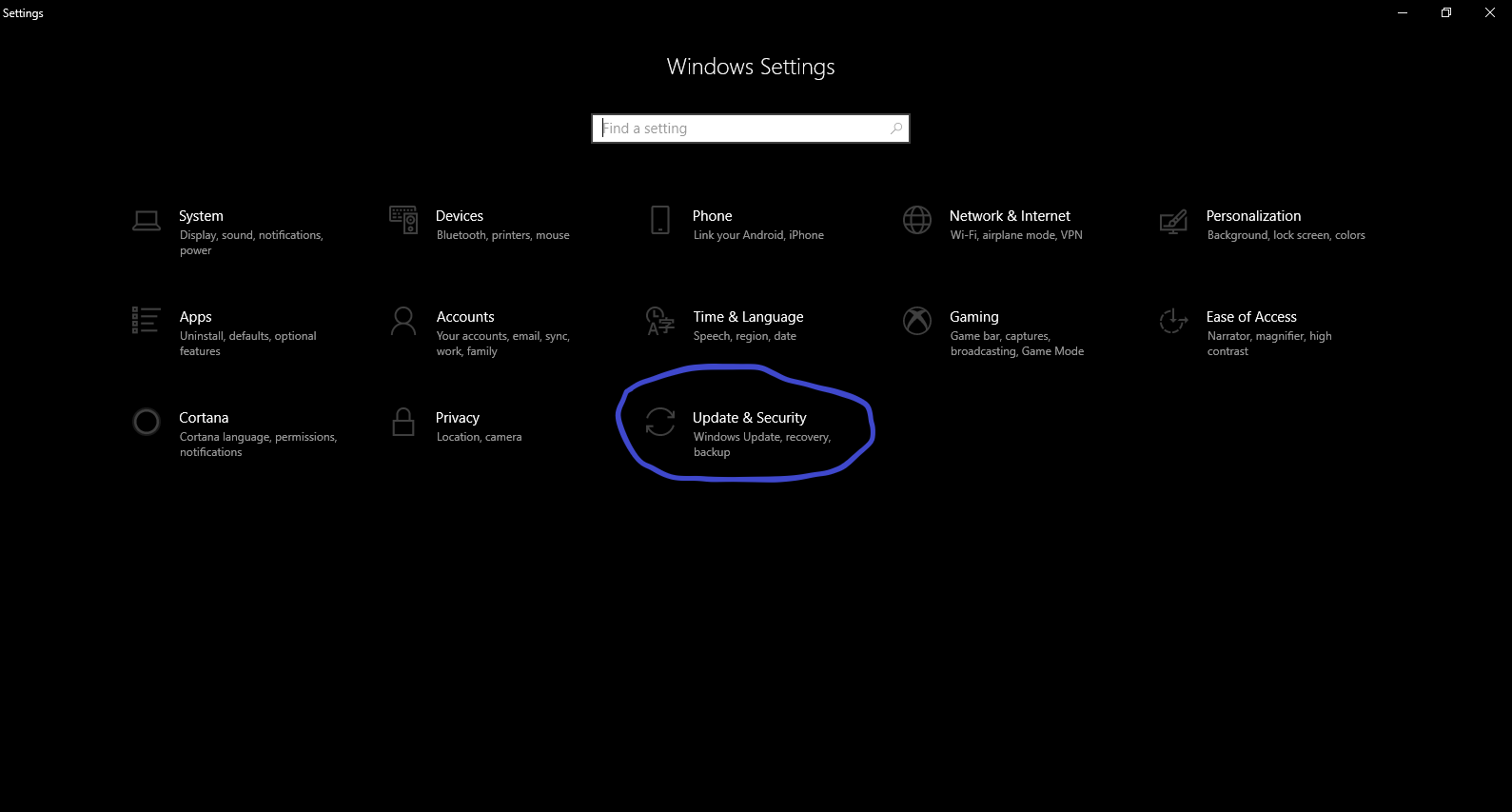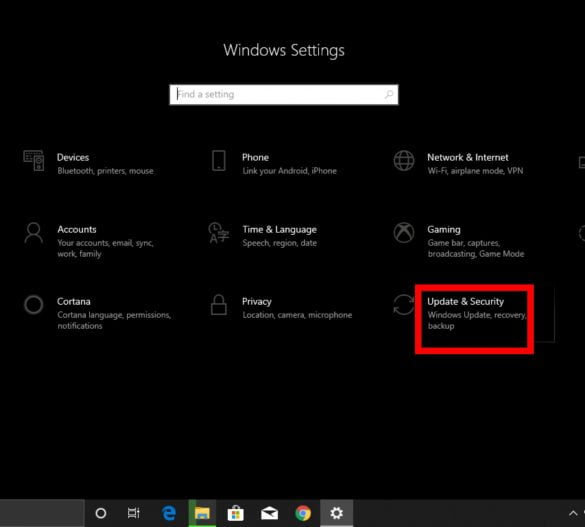

Turn off the toggle next to ‘Turn on high contrast.’ Step 1: Open Settings on your computer and go to Ease of Access. So you need to turn it off, as shown below.


If you see distinct or dark colors on your Windows 10 PC, you might have accidentally enabled high contrast setting. Adjust the slider under Make text bigger. Go to Settings > Ease of Access > Display. How to Change Text Sizeīesides the above setting, you can change text size at another place in Windows 10. You should also experiment with display resolution. Do try all the available options and see which one suits you. Step 2: Under Display (from the left sidebar), select an appropriate scaling percentage under Scale and layout. If you see a large or small text layout than usual, you should change scaling settings. How the content is shown to you depends on the display and scaling settings. Tip: Check out 4 ways to fix if Windows 10 taskbar color doesn’t change. Also, select the blue color under the Choose your accent color if you want to use the default Windows 10 color. If you want to use a different color for apps and taskbar, select Custom. Under the Choose your color drop-down box, select Light or Dark. To change Windows 10 colors, go to Settings > Personalization > Colors. You can choose between light and dark or use a combination of both with the help of a Custom color setting. You should also try changing the theme color on your PC. Scroll down in Themes, and click on Windows 10 theme to apply it. Step 2: Inside Personalization, go to Themes. Many times, simply reverting to the default Windows 10 theme solves all the display woes. Alternatively, use the Windows key + I keyboard shortcut to open Settings.

You can open it from the Start Menu or Action Center. Note: Most of the following steps require you to open Windows 10 Settings. Those range from colors, text size, contrast, etc. Here we have covered how to change most of the display settings on the Windows 10 computer to make things easier for you. One isn’t sure what setting has been actually changed. Sometimes, while fiddling around with settings or a child might have accidentally changed various display settings. It’s not always the software update that changes display settings. You will have to set each setting individually, as shown in this post. However, there is no such button or keyboard shortcut to reset or revert to previous display settings in Windows 10. The typical reaction would be to look for a reset display settings button. Often a software update might end up messing up your display settings on a Windows 10 PC.


 0 kommentar(er)
0 kommentar(er)
